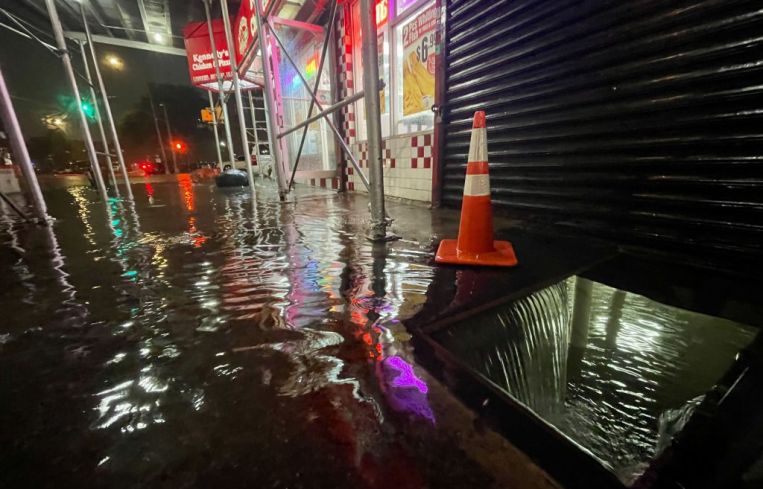As Climate Change Clobbers Cities, Here’s How to Better Analyze the Risks
By Craig Morey September 4, 2023 12:45 pm
reprints
It is becoming increasingly clear that some of the predicted impacts of climate change are now inevitable, and cities are at significant risk. 2020 was the hottest year globally, and the number and severity of extreme events has quadrupled since the 1980s.
Significant effort is needed to better identify, interpret, and act on the physical risks facing the sector. Inaction or maladaptation could lead to significant physical and financial consequences, impacting real estate owners and occupiers, and transposing to the wider financial economy.
To date, however, efforts have primarily focused on mitigation and emissions reduction. Despite this, the latest predictions are that without rapid, large-scale change to systems and infrastructure, the average global temperature could increase by around 2.8 degrees Celsius by 2100.
This poses a serious challenge for investors and asset owners, as the risks of losses and damages from climate change compound with every increment of global warming. The cost to global cities from sea level rise and associated flooding alone could reach $1 trillion by 2050.
Climate change can act as a threat multiplier when combined with the existing challenges and unique characteristics of cities. These impacts are already being realized. The “urban heat island” effect can create pockets of extreme heat stress. Dense populations, in tall, energy-hungry, glazed buildings, can intensify heat gains. Increased migration — exacerbated by climate change — adds pressure to ecosystems and increases reliance on already stressed infrastructure.

Fast and effective action now could set leaders apart, but this is not just competition. Instead, collective action is essential given the scale and regional impact of the consequences, besides impacting individual assets.
The predicted impacts of global warming are well modeled. Despite this, identifying which cities are most at risk from climate impacts can be challenging. Risks must be assessed at the local or asset level, rather than the regional. The specific site and location of a city, or the buildings within it, can provide a varied picture of risk. Understanding existing or planned resilience is crucial.
The blending of physical risk modeling with social, financial and regulatory information is where the most benefit will be realized for real estate investors and owners. Inconsistencies observed in real asset valuations as a result of existing or potential climate-related risks and impacts will significantly challenge the sector in the coming decade.
Insurance premiums are based on historical data. This can lead to severe underpricing of risk and inflated property valuations in risk-prone areas that are expected to see increasingly severe impacts from climate change.
These impacts can be significant. It is critical that insurers and investors understand both the areas currently at risk and the areas that may become high-risk in order to predict financial performance.
A paradigm shift is needed in how we approach physical climate risk analysis, and how the real estate sector incorporates this into financial decision-making.
The complexity of interconnected risks and opportunities in global cities will require insurers to re-evaluate premiums in risk-prone or resilient areas. It will require valuers to determine robust and standardized protocols for evaluating resilient buildings and cities. Asset owners will need to develop intricate and complex modeling and assessment tools to critically assess assets at all life-cycle stages to ensure physical and financial resilience.
To achieve this, a number of advancements across the sector will be necessary:
• Better, more complex tools and modeling techniques to overlay microeconomic trends, social needs and potential secondary impacts onto physical risks.
• Focused and considered engagement with insurers and valuation professionals to understand how the adaptation at building level and city level will impact asset values, financial business plans and exit cap rates.
• Improved integration of associated energy and carbon impacts of climatic scenarios into existing net-zero strategies.
• Enhanced due diligence into the interplay between climate risk and adaptation measures at both asset and area levels, and focused collaboration with public bodies involved in area-wide adaptation planning.
• In the medium term, insurance providers and valuation professionals begin to account for future scenarios in their assumptions, resulting in decreased property values and potential stranding of maladapted or poorly located assets.
• In the short term, however, investors begin to model expectations for increased premiums and reduced asset values in areas within, and close to, climate risks, and adapt their criteria for acquiring, managing and selling assets.
Craig Morey is the climate lead in real estate at investment manager Schroders Capital.



